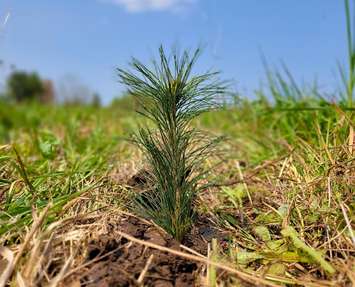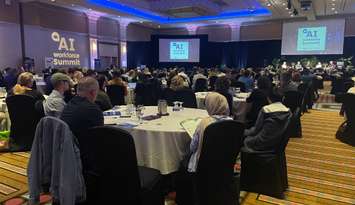The Grey Sauble Conservation Authority (GSCA) is encouraging landowners to commit to planting more trees on their properties in the new year.
The conservation authority said staff are at the ready now to help property owners to plan out their tree planting projects for spring 2026. Staff can assist in designing and establish windbreaks, riparian buffers to improve water quality, and laying out larger tree planting projects.
“Every tree planted is an investment in your land and in the future of our communities,” GSCA Forestry Coordinator Michael Fry said in a statement. “Our full-service program makes it easy for landowners to plant trees that enhance their property, support local wildlife, and leave a greener legacy for generations to come.”
Those who participate in the tree planting program can also apply for grant that cover up to 90 per cent of project costs through the Forest Canada 50 Million Tree Program. To be eligible for the grants a landowner must have at least 0.4 hectares (one acre) of open land, or 1,200 metres for windbreaks or riparian buffer planting.
Since 1984, the conservation authority has aided in the planting of millions of trees on private properties across Grey Bruce.
"The environmental benefits of planting trees are well known, including supporting biodiversity, capturing carbon, improving air and water quality, and reducing erosion," according to the conservation authority. "What landowners may not realize is that planting trees can also bring direct benefits to their property. Trees can enhance property, provide wind and noise barriers, reduce heating and cooling costs, boost crop yields, and create new recreational opportunities."
The conservation authority also stressed forested areas play a vital role in helping communities adapt to and mitigate the impacts of climate change.






